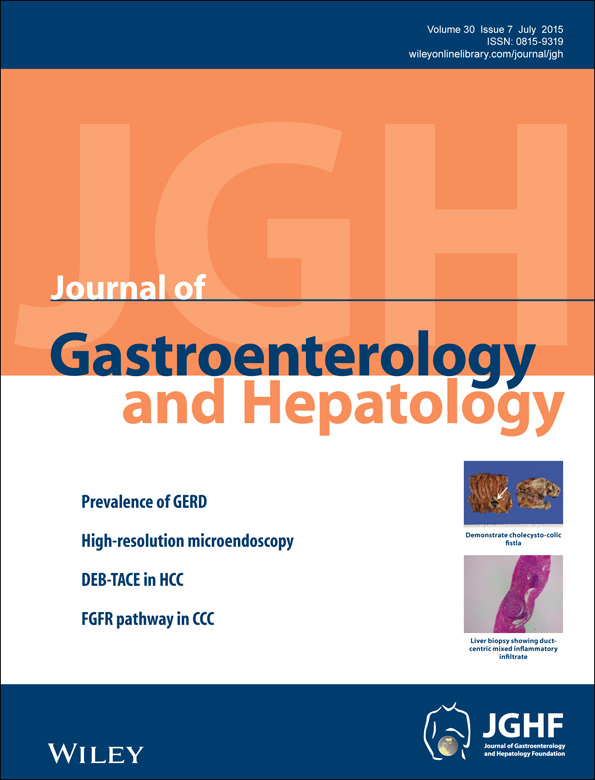In vivo classification of colorectal neoplasia using high-resolution microendoscopy: Improvement with experience
Abstract
Background and Aims
High-resolution microendoscopy (HRME) is a novel, low-cost “optical biopsy” technology that allows for subcellular imaging. The study aim was to evaluate the learning curve of HRME for the differentiation of neoplastic from non-neoplastic colorectal polyps.
Methods
In a prospective cohort fashion, a total of 162 polyps from 97 patients at a single tertiary care center were imaged by HRME and classified in real time as neoplastic (adenomatous, cancer) or non-neoplastic (normal, hyperplastic, inflammatory). Histopathology was the gold standard for comparison. Diagnostic accuracy was examined at three intervals over time throughout the study; the initial interval included the first 40 polyps, the middle interval included the next 40 polyps examined, and the final interval included the last 82 polyps examined.
Results
Sensitivity increased significantly from the initial interval (50%) to the middle interval (94%, P = 0.02) and the last interval (97%, P = 0.01). Similarly, specificity was 69% for the initial interval but increased to 92% (P = 0.07) in the middle interval and 96% (P = 0.02) in the last interval. Overall accuracy was 63% for the initial interval and then improved to 93% (P = 0.003) in the middle interval and 96% (P = 0.0007) in the last interval.
Conclusions
In conclusion, this in vivo study demonstrates that an endoscopist without prior colon HRME experience can achieve greater than 90% accuracy for identifying neoplastic colorectal polyps after 40 polyps imaged. HRME is a promising modality to complement white light endoscopy in differentiating neoplastic from non-neoplastic colorectal polyps.




